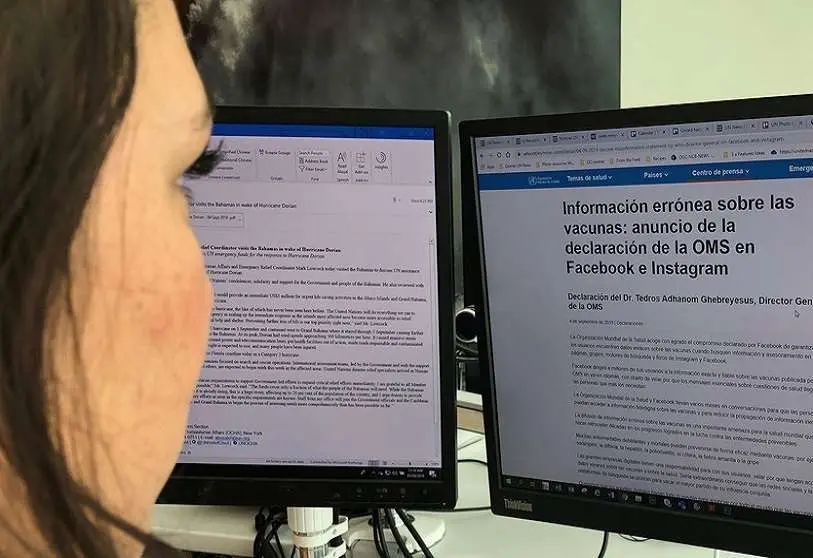Are you sure you want to share that? How to distinguish fact from fiction on the internet

The creation of the internet has given us access to more information than ever before. However, we also suffer from a bombardment of confusing and often harmful material. The UN's Verified campaign has launched an online course whose main objective is to help discern between true and false statements in order to protect vulnerable people from the harm caused by misinformation.
It has become increasingly apparent that some individuals and organisations have long been engaged in spreading false information on the internet. During the COVID-19 pandemic, for example, claims about certain medicines or miracle cures and remedies were circulated on social media platforms. It was even claimed that the pandemic was just a hoax.
While there are those who share these articles, messages, videos and images maliciously, many do so because they do not know how to distinguish between legitimate information from reliable sources and false claims, or because they have simply shared a comment posted by a family member or loved one without even looking carefully or reading the content.

The consequences can be disastrous, leading many people to take inappropriate or unhealthy medications, pushing some to refuse COVID-19 vaccines; and, worse, they can lead to avoidable hospitalisations and deaths.
To help counter the spread of this type of content, the UN's Verified campaign has partnered with wikiHow, a trusted digital community of guide-making experts, to create a free online course.
The course, which consists of a series of lessons that subscribers receive via email over the course of five days, teaches participants how to identify false information, stop its dissemination and protect vulnerable people who have been exposed to incorrect material.
By the end of the course, students will know when and why to pause before sharing information, how to verify facts, and how to talk to people who have spread misinformation.










